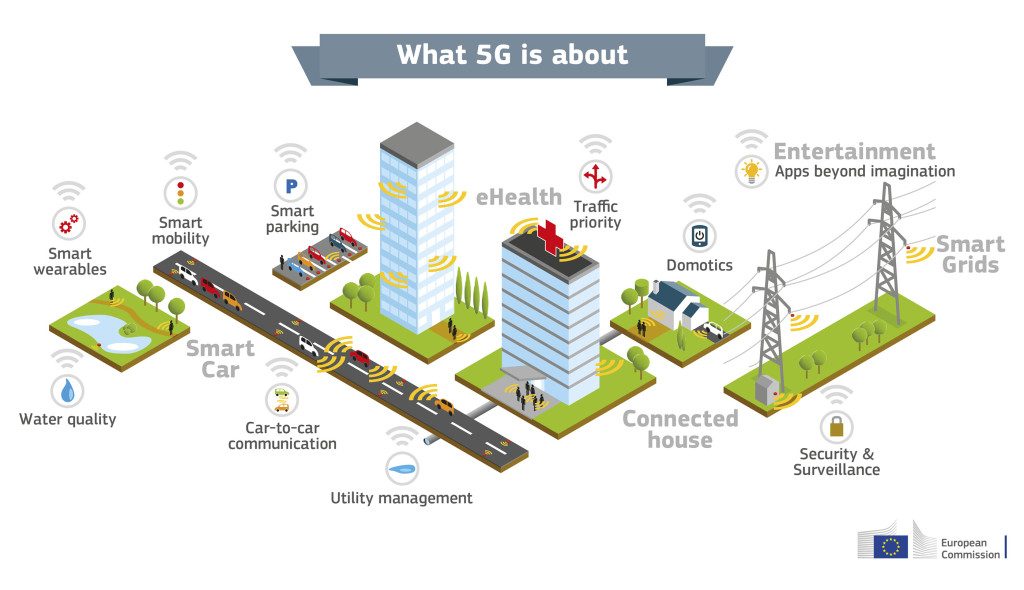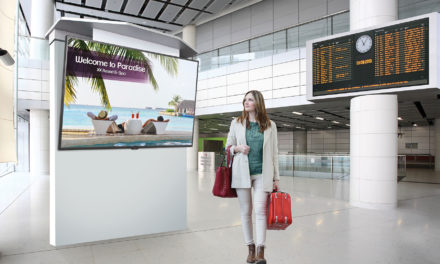5G, the next generation of mobile networks, but mainly its applications, with widespread VR and 4k streaming and autonomous cars among other things, were often discussed at the Consumer Electronics Show in Las Vegas last week. Currently at the trial and development stage, 5G is likely to be part of our everyday lives by 2025.

5G offers in Europe in 3 years
One of the wishes of the European Commission is to have 5G in at least one major city of each member state by 2020, followed by massive deployment 5 years later. Jean-Claude Juncker, President of the European Commission, said the European 5G plan will “provide all urban areas and the main roads and train lines with uninterrupted 5G coverage by 2025”. Equipping main roads and train lines with continuous service will be a challenge that 4G has yet to reach, especially in France. Regulators and carriers have 7 years to reach this objective, for which the EU has provided €700m until 2020 to help the transition.

The 5G PPP association, a public-private partnership initiated by Europe must transform R&D into marketable technology with high ambitions:
- Multiply wireless capacity by 1,000 compared to 2010, and by 100 compared to 4G.
- Connect 7 billion people and trillions of smart objects.
- Reduce network energy consumption by up to 90%.
- Reach almost zero latency (less than 1 millisecond) via a secure, reliable network.
- Guarantee services and applications facilitated by 5G and at a low cost.

5G still a theoretical network
Carriers and manufacturers often communicate on their advances, trials and potential output records. But in concrete terms, 5G is still a concept, without any bases approved by regulatory authorities.
In October 2017, 5G will be more concrete thanks to the first steps taken by the ITU (International Telecommunication Union, of the United Nations) By this date, the technology, technical specifications, and rating methods must have been examined by the ITU, and a call for candidates among carriers and manufacturers will be carried out to define the standards.
By 2019, the standards and frequencies must have been set, if the ITU’s roadmap is followed and agreements reached. Thus, the EU expects the first commercial offers to be launched in 2020. The ITU hopes to create a global standard with frequencies common to all countries. If this standard is created, smartphones and connected objects could work on all networks across the globe, interoperability being obviously a prime strategic, technological and commercial issue.
Source: 5g-ppp.eu

















